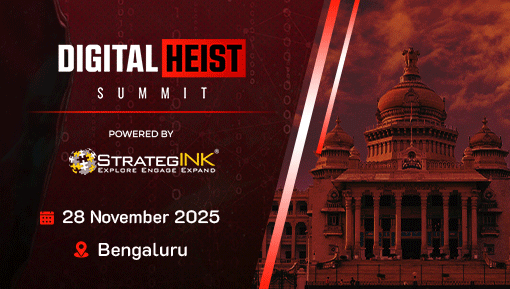
Context and background
Imagine a hidden enemy slipping into the digital heart of a factory, a power plant, or even the system that purifies your drinking water. This is not a science fiction; it’s the growing threat of “Malicious Production Override”—a cyberattack where hackers remotely seize control of the very systems that run our critical industries.
For years, the computers managing factory floors and essential services were seen as separate from the everyday IT networks and thought to be safe from internet vulnerabilities. But as these two worlds connect the potential for attacks to cause widespread harm has skyrocketed.
How They Do It: The Path to Industrial Hijack
Think of a cyberattack as a series of steps, a “kill chain.” Here’s how a malicious production override typically unfolds:
- Initial Access): Attackers exploit remote access tools, phishing, or compromised suppliers to enter the network.
- Network Traversal: They move from IT to OT networks, often due to poor segregation.
- Device Discovery and Manipulation): Hackers identify key ICS components like PLCs, HMIs, and workstations using specialized tools.
- Command Injection): Attackers issue unauthorized commands, change the system’s logic and tamper with sensor readings – all undetected.
- Persistence and Cover Tracks): To stay hidden, attackers install backdoors or replace legitimate software with malicious versions.
The Ripple Effect: Devastating Consequences
A successful production override can have devastating consequences—putting consumers at risk with faulty or contaminated products, causing equipment damage and costly shutdowns, triggering legal penalties for safety violations, and severely damaging a company’s reputation. In the worst cases, tampering with safety controls can lead to serious accidents.
Building a Strong Defence: Protecting Our Industries
Defending against these attacks require a multi-layered approach tailored to OT environments:
- Separate the Networks (IT and OT): Create strong digital barriers (firewalls) between IT and OT networks, where possible, one-way data diodes.
- Strict Access Control): Enforce role-based access, strong passwords, and multi-factor authentication for remote logins.
- Patch and Asset Management: Track all devices and keep software/firmware up to date.
- ICS-Aware Monitoring): Deploy specialized security systems like Nozomi or Claroty to detect abnormal activity in industrial protocols.
- Process Integrity Validation Use redundant sensors or digital twins to verify system behaviour and trigger alerts if parameters shift.
- Vendor and Supply Chain Security): Restrict and vet third-party access; limit it to specific, controlled windows
- Incident Response Planning: Have a cyberattack plan and maintain offline backups of key configurations.
The Bottom Line: Protecting More Than Just Production
As our industrial systems become increasingly interconnected, the threat of Malicious Production Override is no longer a distant possibility—it’s a real and growing danger. These attacks don’t just disrupt—they compromise the integrity of what we produce.
Detecting and preventing the subtle manipulation is now just as vital as stopping ransomware. It requires a close collaboration between cybersecurity experts and engineers. A proactive defence protects not only industries, but public safety, trust, and reputation.






